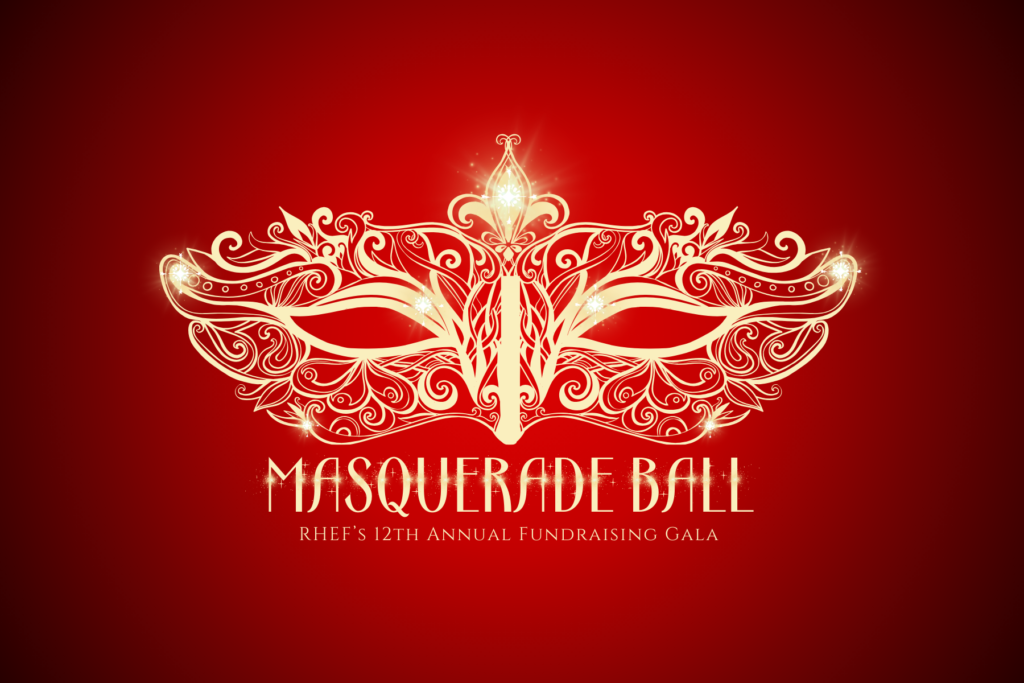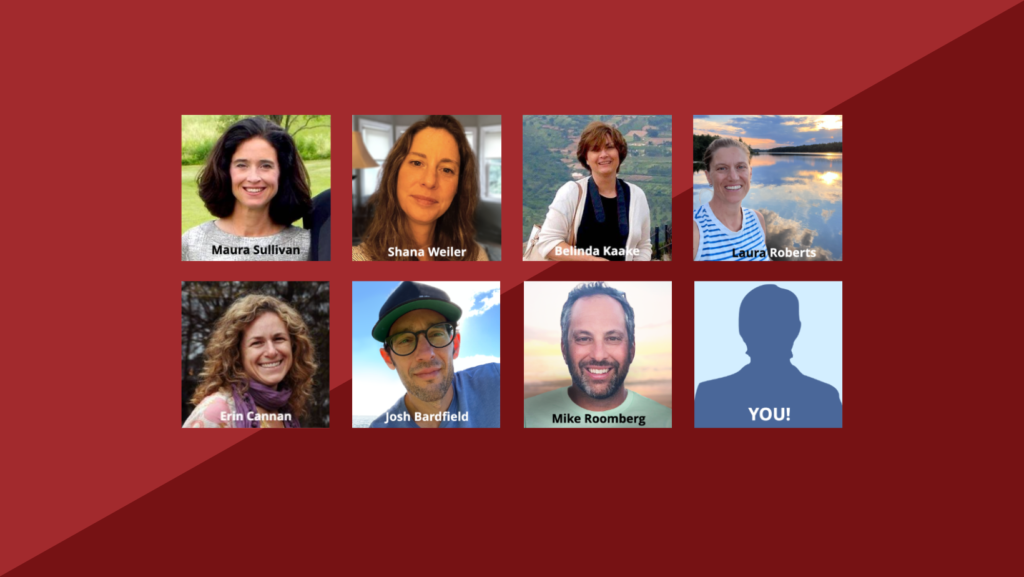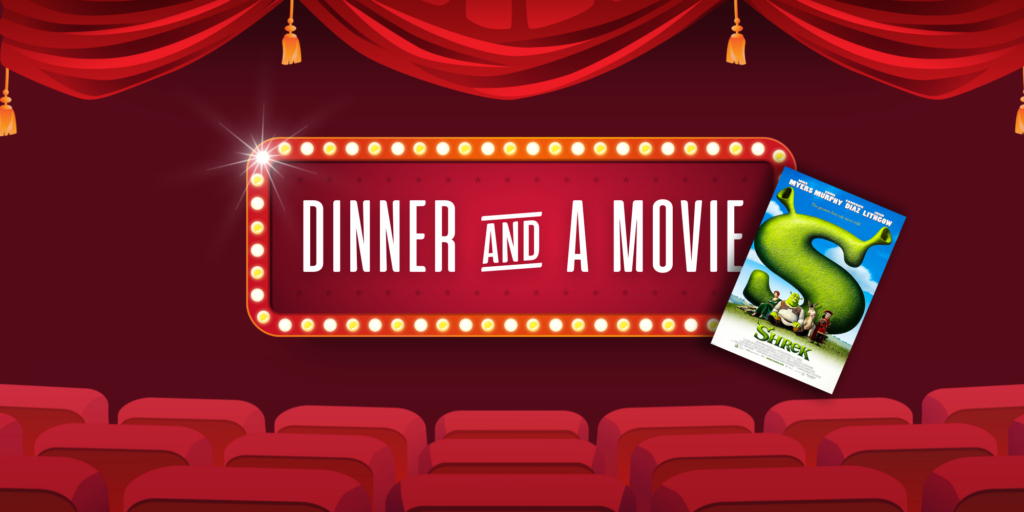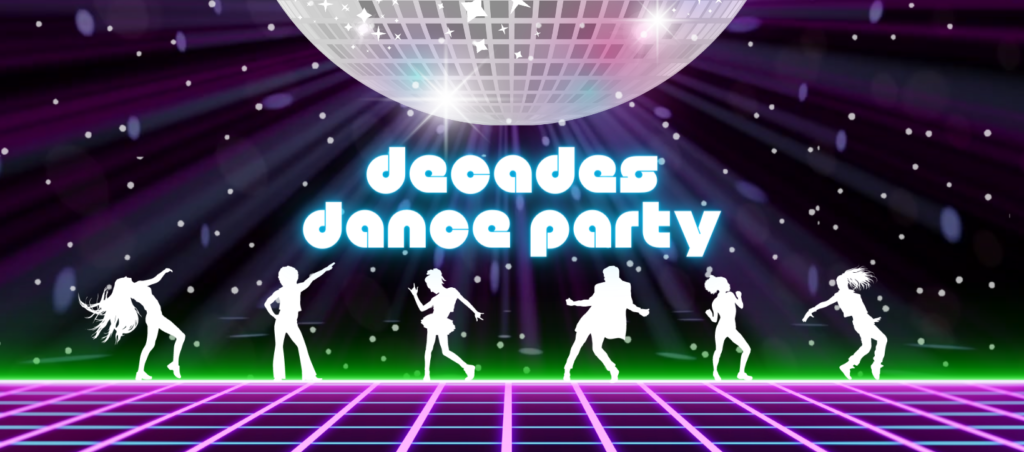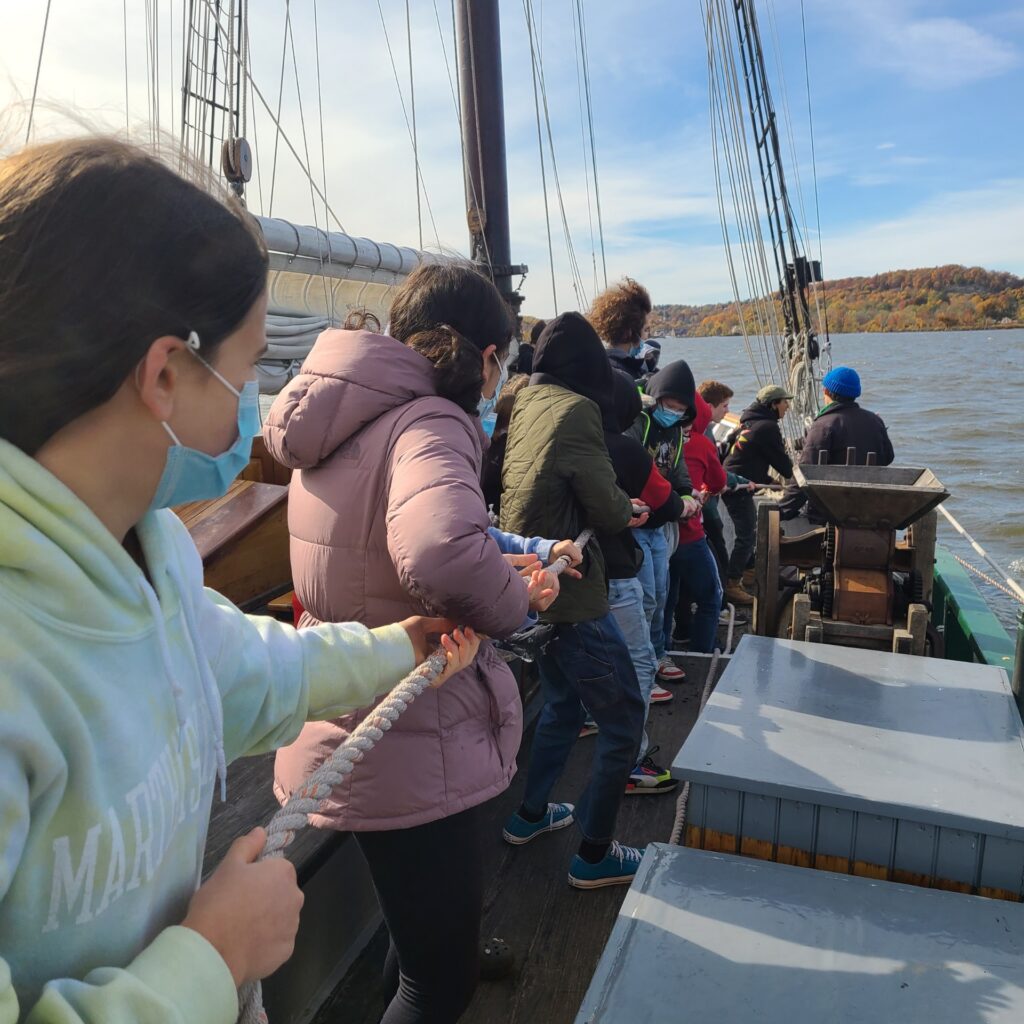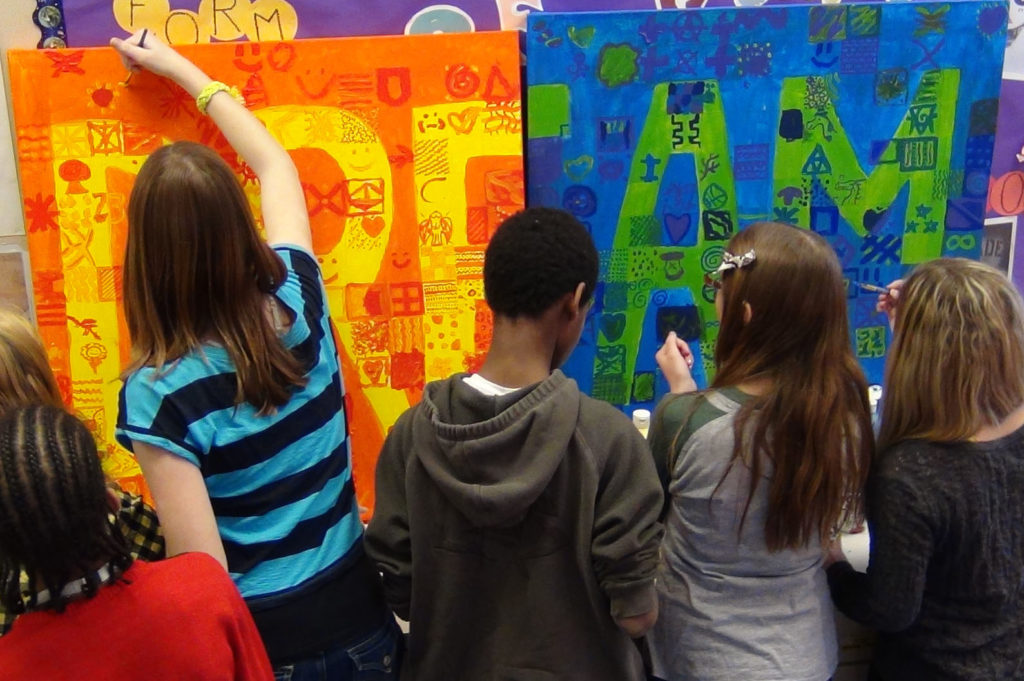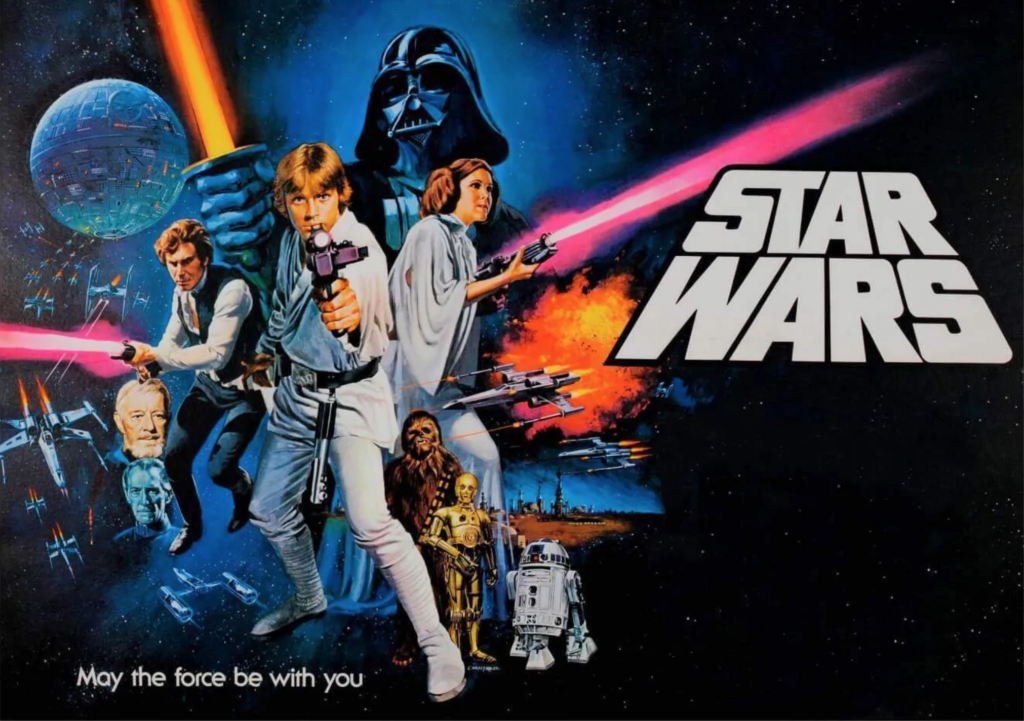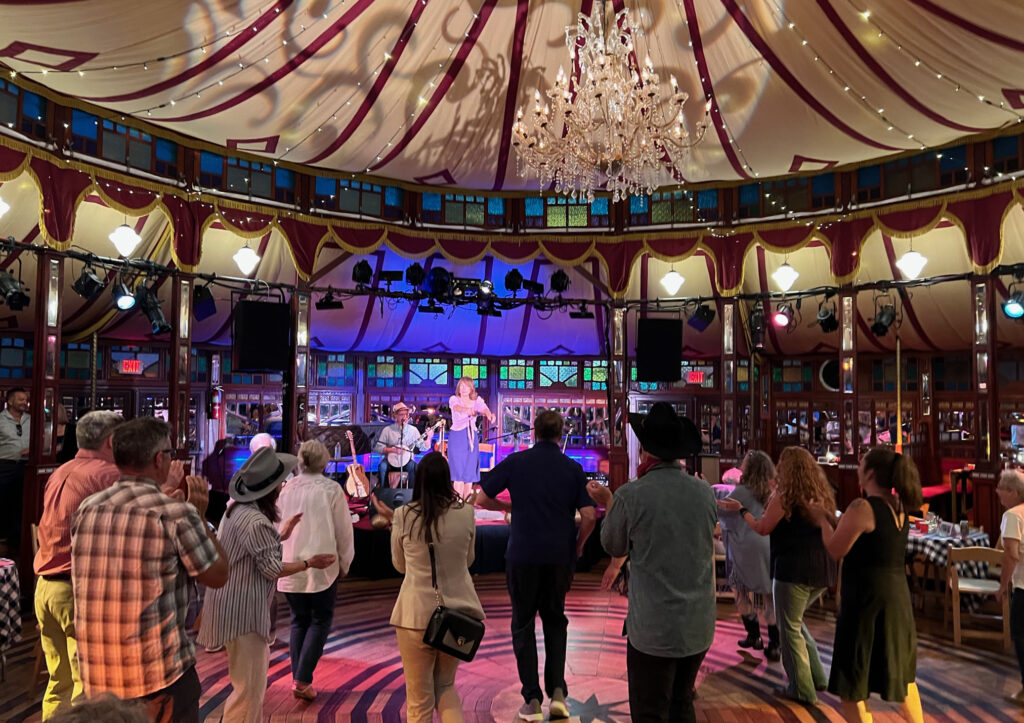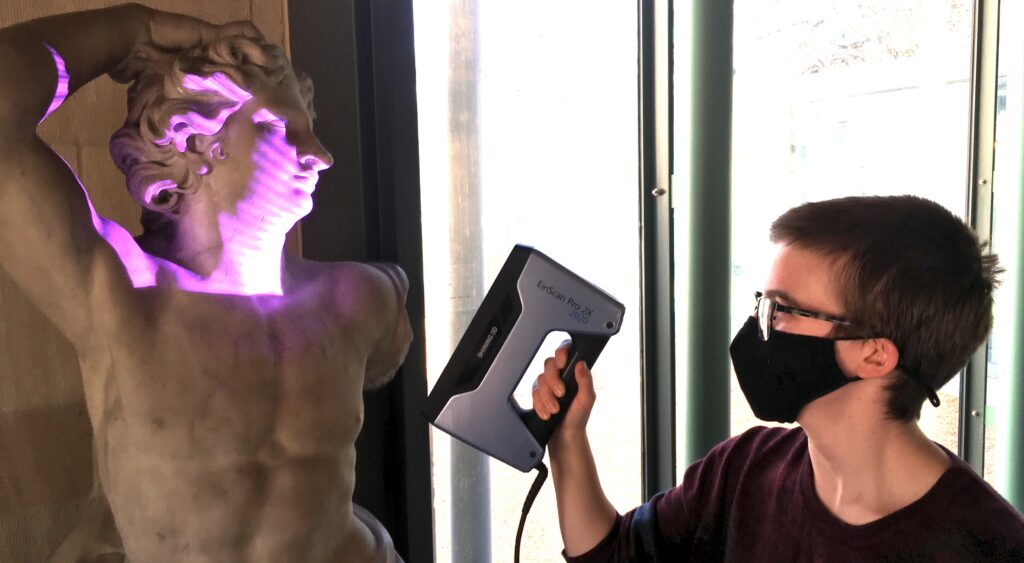3D printing technology is taking off in Red Hook schools!
With support from our generous donors, RHEF recently funded the purchase of 3-D printers for Red Hook High School and Linden Avenue Middle School, including the purchase of a 3D printer for the high school library with a $1,000 mini-grant to “Red Hook Makes in 3D,” part of the “Red Hook Makes” program, a collaboration between Red Hook Central School District, Red Hook Public Library and Bard College to bring Maker programs to Red Hook community members, with an initial focus on children in grades 3–12.
Maker programs provide hands-on learning opportunities for community members to build, design, tinker, and play with an idea, including training and access to a variety of high tech and low tech tools, equipment, and supplies. “Students learn how to be ‘makers,'” according to RHHS Technology teacher Tim Fitzmaurice. “Having a 3D printer in a school is like having an engineering education in a box. Students learn the value of innovation and iteration.”
3D printing is a process of making a three-dimensional solid object of virtually any shape from a digital model using a large variety of materials. It’s one of the fastest growing methods of manufacturing in the world today, and Red Hook students now have the opportunity to experience this process firsthand. 3D printers make it easy for teachers to seize the interest of their students and enhances hands-on learning by doing. It brings objects out of the computer screen and into the hands of students for inspection and analysis.
High School student Jake Hrycun recently designed an air intake connector for his car engine using Inventor software, printed it on the Makerbot 3D printer, and successfully installed it in the engine.
“The 3D printers have created a surge of excitement with our tech students and is spreading throughout the high school,” says Technology Education Instructor Tim Fitzmaurice. “Students are starting to solve their own design problems by drawing parts for projects using Inventor software. Now they can look at the design as a 3D rendering and can actually create a model they can hold in their hands to analyze. We have been showing it off during our morning television broadcast to the rest of the school and have already seen an increase in enrollment in our design classes for next year.”
Based on a survey distributed to all RHHS students, 337 students stated that they were interested in using a 3D printer. Access to 3D modeling software and printing can spark further interest in STEAM (Science, Technology, Engineering, Art, and Mathematics) fields for students that might not ordinarily pursue that path. Students from Mr. Fitzmaurice’s Engineering classes were asked to help teach their peers. Additional programs will be made available by Red Hook Makes instructors.
The goal of “Red Hook Makes in 3D” is for students to demonstrate comfort using 3D modeling software and 3D printing. After students complete a 3D printer certification program, offered during lunch periods and after school, they will be able to use the printer in the library to innovate. The public library and Bard College are providing staff and students to co-teach lessons on various maker topics, such as 3-D modeling and printing, during and after school at the High School. The 3D printer is also be available for teachers to use with their classes.
At the high school, every technology-based class now has experience using the printers. At the middle school, five technology education classes will explore 3D printing from the 6th to 8th grades. School faculty fully anticipate that cross-disciplinary collaborations will begin to emerge as a result of this new technology (e.g., with art, geometry, and chemistry.) When the worldwide education experts from the New Media Consortium Horizon Project identified technologies that were expected to have a major impact on STEM+ education in the next several years, 3D printing was considered one of the most important technologies.
Classes include (but not be limited to): Principles of Engineering, CAD, Technical Drawing, Production Systems, Transportation Systems, Residential Structures, Architectural Drawing, and Aerospace Design. At the middle school, five technology education classes will explore 3D printing from the 6th to 8th grades. School faculty fully anticipate that cross-disciplinary collaborations will begin to emerge as a result of this new technology (e.g., with art, geometry, and chemistry). There may also be opportunities to support extra-curricular activities like the Robotics Club.
In addition, RHEF funded the cost for district technology teachers to travel to a one-day 3D printer conference in New York City.

